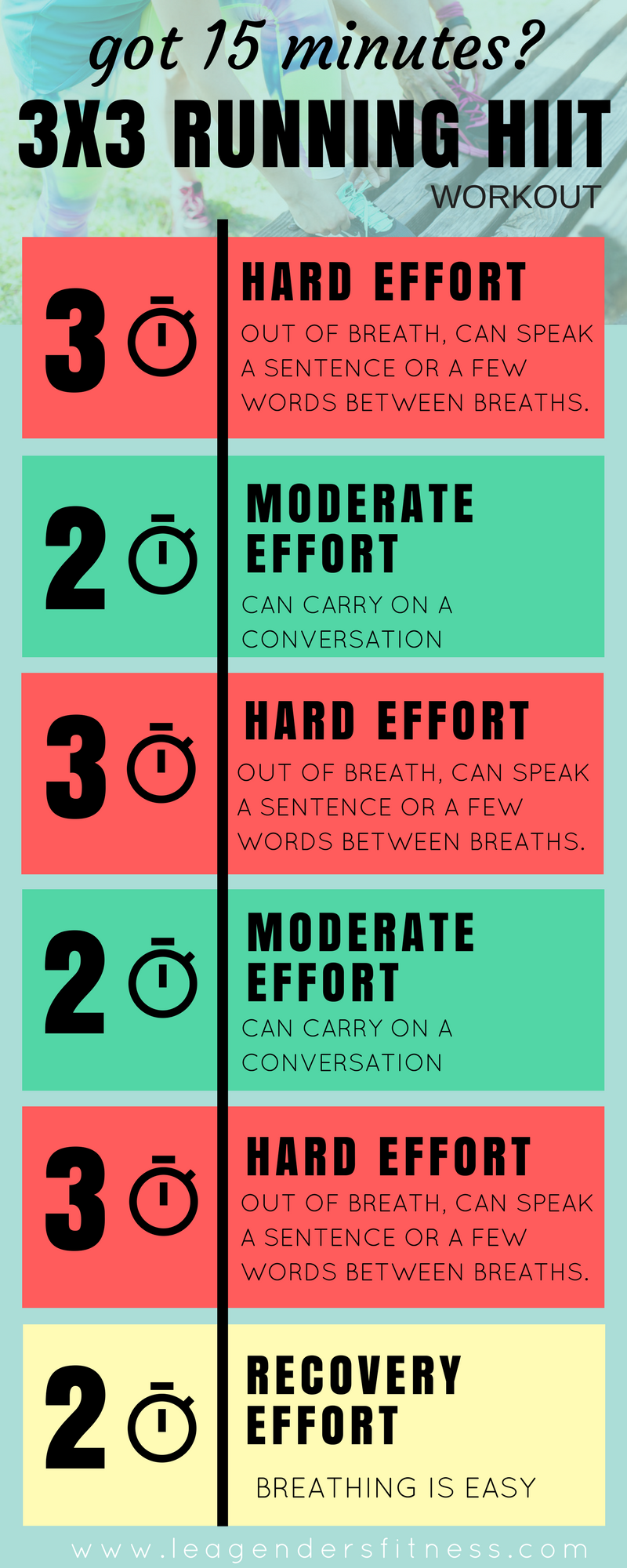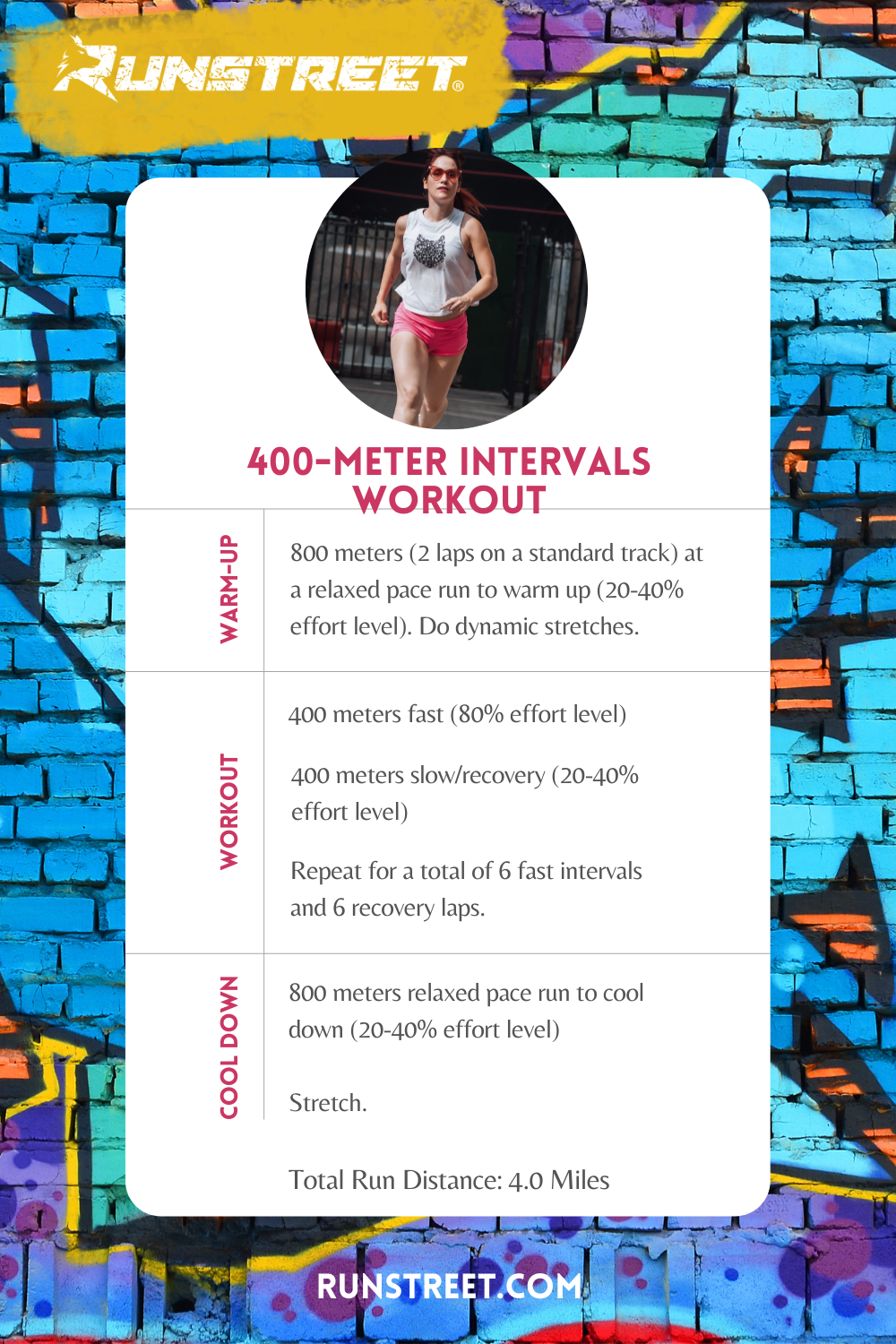Handling Usual Running Pains: Reasons, Solutions, and Avoidance
As runners, we frequently experience different pains that can hinder our efficiency and pleasure of this physical task. By discovering the root factors for these operating discomforts, we can discover targeted remedies and precautionary actions to ensure a smoother and extra meeting running experience.
Typical Running Pain: Shin Splints
Shin splints, an usual running discomfort, frequently result from overuse or incorrect shoes during exercise. This condition, clinically referred to as median tibial tension syndrome, materializes as pain along the internal side of the shinbone (shin) and is common amongst professional athletes and joggers. The repeated anxiety on the shinbone and the tissues attaching the muscles to the bone causes swelling and discomfort. Runners that quickly increase the intensity or duration of their workouts, or those who have level feet or improper running strategies, are specifically prone to shin splints.
To avoid shin splints, individuals should progressively enhance the strength of their exercises, put on proper shoes with correct arch assistance, and maintain adaptability and toughness in the muscles bordering the shin. If shin splints do take place, preliminary treatment involves remainder, ice, compression, and altitude (RICE) Additionally, including low-impact tasks like swimming or cycling can assist preserve cardio fitness while permitting the shins to heal. Relentless or severe instances might require medical examination and physical therapy for effective administration.
Usual Running Pain: IT Band Disorder
Along with shin splints, one more common running pain that athletes frequently experience is IT Band Disorder, a problem brought on by inflammation of the iliotibial band that runs along the external thigh and knee. IT Band Syndrome typically materializes as discomfort outside of the knee, specifically during activities like running or cycling. The iliotibial band is a thick band of fascia that links the aware of the shin, and when it ends up being irritated or limited, it can scrub against the thigh bone, bring about pain and pain.
Joggers experiencing IT Band Disorder might notice a painful or aching sensation on the external knee, which can get worse with continued activity. Factors such as overuse, muscle discrepancies, inappropriate running type, or poor warm-up can contribute to the growth of this problem.
Common Running Pain: Plantar Fasciitis

Plantar Fasciitis can be credited to various elements such as overtraining, inappropriate footwear, operating on hard surface areas, or having high arches or flat feet. To avoid and relieve Plantar Fasciitis, joggers can integrate extending exercises for the calf bones and plantar fascia, wear helpful shoes, preserve a healthy weight to reduce stress on the feet, and slowly increase running strength to prevent sudden stress on the plantar fascia. If signs and symptoms persist, it is suggested to speak with a health care professional for correct diagnosis and treatment alternatives to resolve the condition efficiently.
Common Running Discomfort: Runner's Knee
After resolving the challenges of Plantar Fasciitis, one more prevalent concern that joggers commonly deal with is Jogger's Knee, a common running discomfort that can impede athletic efficiency and create discomfort throughout physical activity. Runner's Knee, also recognized as patellofemoral pain disorder, materializes as discomfort around or behind the kneecap. Joggers experiencing this discomfort might feel a boring, aching discomfort while running, going up or down stairways, or after extended durations of resting.
Usual Running Pain: Achilles Tendonitis
Generally afflicting runners, Achilles Tendonitis is an agonizing condition that influences the Achilles ligament, triggering pain and prospective restrictions in exercise. The Achilles tendon is a thick band of tissue that connects the calf muscular tissues to the heel bone, crucial for tasks like running, jumping, and strolling - browse this site. Achilles Tendonitis often creates as a result of overuse, incorrect footwear, inadequate stretching, or unexpected increases in physical task
Symptoms of Achilles Tendonitis include pain and stiffness along the ligament, especially in the early morning or after durations of inactivity, swelling that worsens with activity, and perhaps bone stimulates in persistent instances. To stop Achilles Tendonitis, it is important to stretch effectively in the past and after running, use suitable footwear with appropriate assistance, gradually raise the strength of workout, and cross-train to minimize repetitive tension on the ligament.
Conclusion
